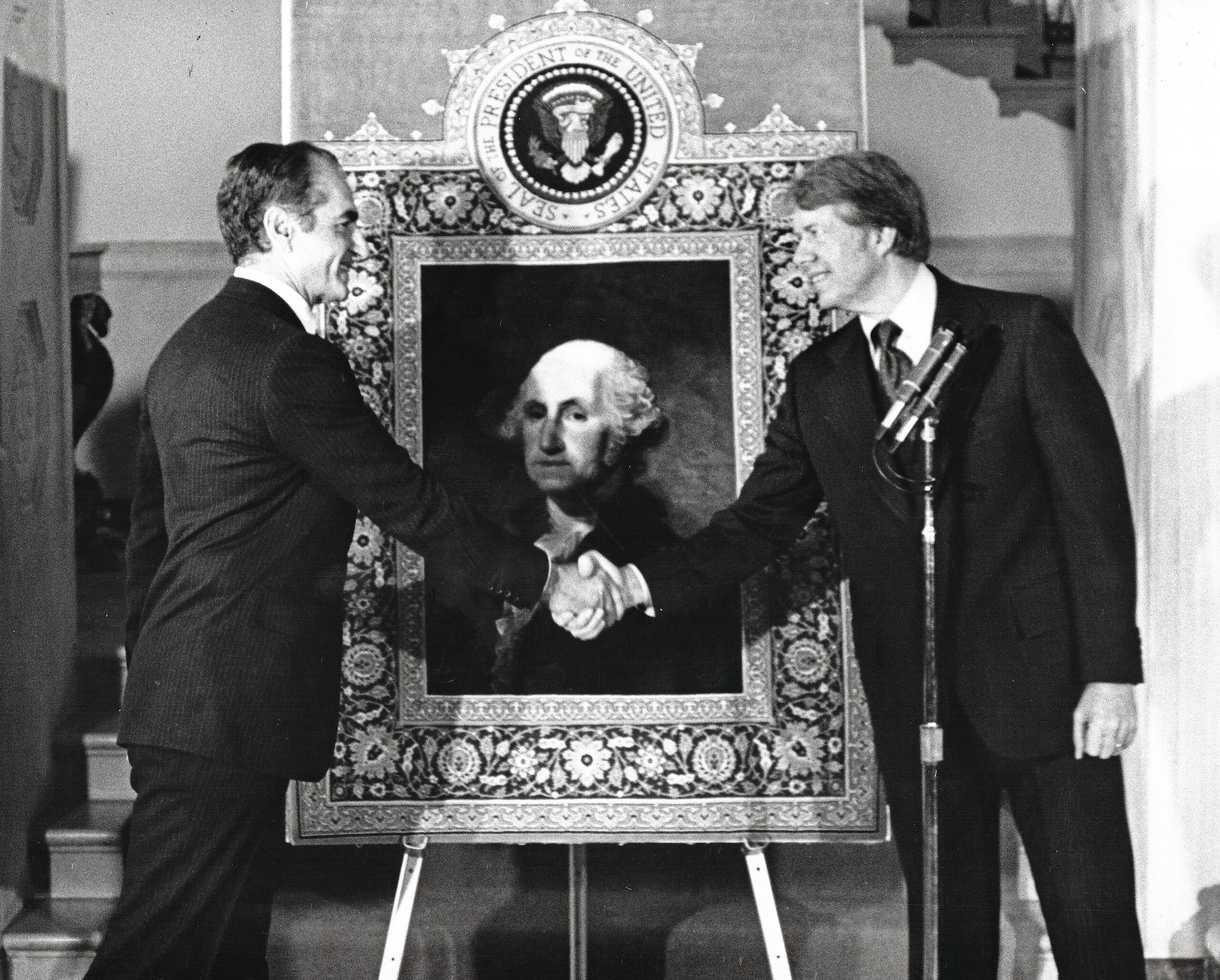
views
Iran on Tuesday launched a barrage of missiles at Israel in response to the killing of Hezbollah chief Hassan Nasrallah alongside Revolutionary Guards commander Abbas Nilforoushan in a strike on the Lebanese capital last week.
While the move marks yet another milestone in the strained ties between Israel and Iran, relations between the two countries were not always sour.
Under the Pahlavi dynasty, which ruled from 1925 until it was overthrown in the 1979 revolution, the Israel-Iran bond was anything but hostile. Iran was, in fact, the second Muslim-majority country to recognise Israel after it was founded in 1948. Cut to the 1960s, both Israel and Iran joined forced and, with help from the United States, decided to fight a common enemy.
Iraq had become a mutual adversary for both Israel and Iran. While Israel on one hand was facing off against hostile Arab regimes, Iran, under the Shah, saw Iraq’s leadership as a direct threat to its security and regional ambitions. The suspicions led to the formation of one of the most secretive partnerships of the era, involving the Mossad — Israel’s Intelligence agency — and SAVAK, Iran’s secret police. Both of them played key roles in bolstering Kurdish insurgents against the central Iraqi regime.
Soon, a trilateral Intelligence alliance code-named Trident, which also included Turkey, was formed. From 1958, Trident saw the three non-Arab powers exchange critical Intelligence and engage in joint counterintelligence operations. This pushed Israel and Iran even closer, forming deep military and Intelligence ties.
Apart from shared geopolitical interests, the Shah of Iran, Mohammad Reza Pahlavi, saw Israel as a means to further relations with the United States, especially after the Kennedy administration voiced concerns about his authoritarian rule.

In an effort to align with the West, Iran’s strategy was to showcase the strength of the Israel-Iran relationship, resulting in the establishment of a permanent Israeli delegation in Tehran by the mid-1960s, which functioned as a de facto embassy.
This, however, does not mean the relationship did not have its share of issues. Aware of the anti-Israeli sentiment across the Arab world, the Shah took all efforts to manage the public face of Iran’s relationship with Israel. He also became more outspoken against Israel after the 1967 Six-Day War but strategic interests won over ideological stances.
The 1979 Islamic Revolution in Iran drastically changed the country’s political landscape, transforming it into an anti-Israel Islamic Republic. The collaboration soon turned clandestine after Ayatollah Khomeini’s rise to power as both sides faced common enemies. With the Iran-Iraq War (1980-1988) dragging on, both countries understood that working together against Saddam Hussein’s Iraq would be beneficial for them.
For Israel too, Hussein’s Iraq was a more immediate and dangerous threat to its security. Iraq’s military, aided by both the United States and the Soviet Union, was a challenge, and in this context, Israel’s shipment of arms to Iran was seen as a carefully considered decision.
As the mid-1980s approached, Iran’s need for military support was at an all-time high. The Iran-Iraq War had dealt a blow to the country’s resources, leaving behind a fragile economy. The compulsions led to the Iran-Contra affair — a covert, high-stakes operation that involved arms sales facilitated by Israel and had the backing of senior Ronald Reagan administration officials to secure the release of American hostages held by Iran-sponsored Hezbollah in Lebanon.
For Israel, the deals enhanced its role as an ally of Iran in its war against Iraq. While Iran publicly chastised Israel, it was ready to engage with both Israel and the US to arm itself.
The Israeli-Iranian partnership went beyond conventional arms deals, with one of the most ambitious projects being Operation Flower — a secret multibillion-dollar initiative that began in 1977 under the Shah’s regime. The project involved the modification of surface-to-surface missiles, potentially capable of being fitted with nuclear warheads, for sale to Iran. However, the nuclear aspect of the project was not pursued.
As part of the deal, Iran, in 1978, sent $260 million worth of oil to Israel, a New York Times report claimed. Work on the missile programme continued until the Islamic Revolution in 1979, after which Khomeini’s regime abruptly halted the collaboration.
According to a New York Times report from 1981, Israel covertly supplied Iran with 250 spare tyres for American-made F-4 fighter jets in October 1980 as Iran waged war against Iraq. After Saddam Hussein invaded Iran in September 1980, Israel was in an unusual position. The Israeli sale of 250 retreaded tires, valued at around $300,000, was a secret transaction that would bolster Iran’s air force. The F-4 Phantom jets, a key component of Iran’s military, had been grounded due to wear and tear and as US had placed an embargo on Iran, Israel entered the mix. A New York Times article detailed how the retreaded tyres were produced in Israel, transported to France, and then flown to Iran on chartered planes.
The transaction occurred when ties between US and Iran were fragile, with 52 American diplomats still held hostage in Tehran. The Jimmy Carter administration urged Israel to suspend further military deals with Iran until the hostages were freed. Officials aware of the developments then said Israel’s prime minister Menachem Begin succumbed to pressure from US and put all military dealings on hold despite its own strategic interests.
But for Israel, Iraq was not the only bugbear. At the time, approximately 60,000 Jews lived in Iran, and there were growing fears in Israel that they could become targets of repression or persecution under the new regime. Hence, keeping back-channel communication open with Iran was a way to safeguard these Jewish communities.
Cut to the 1990s, the geopolitical factors that had once united Israel and Iran — ranging from Arab socialism, Soviet influence, and the threat of Iraq — were no longer on the horizon, leaving little incentive for collaboration to continue. Iran, now firmly under the control of its revolutionary government, embraced an anti-Israel ideology, supporting groups like Hezbollah and Hamas in their conflicts with the Jewish state.
By the early 2000s, the election of Iranian President Mahmoud Ahmadinejad cemented Iran as Israel’s most prominent adversary in the region. As Israel battled Hezbollah in 2006 and Hamas in 2008, Iran’s support for the non-state actors — collectively termed the ‘Axis Of Resistance’ — threw a spanner in Israel’s works and ended all semblance of a relationship.













Comments
0 comment